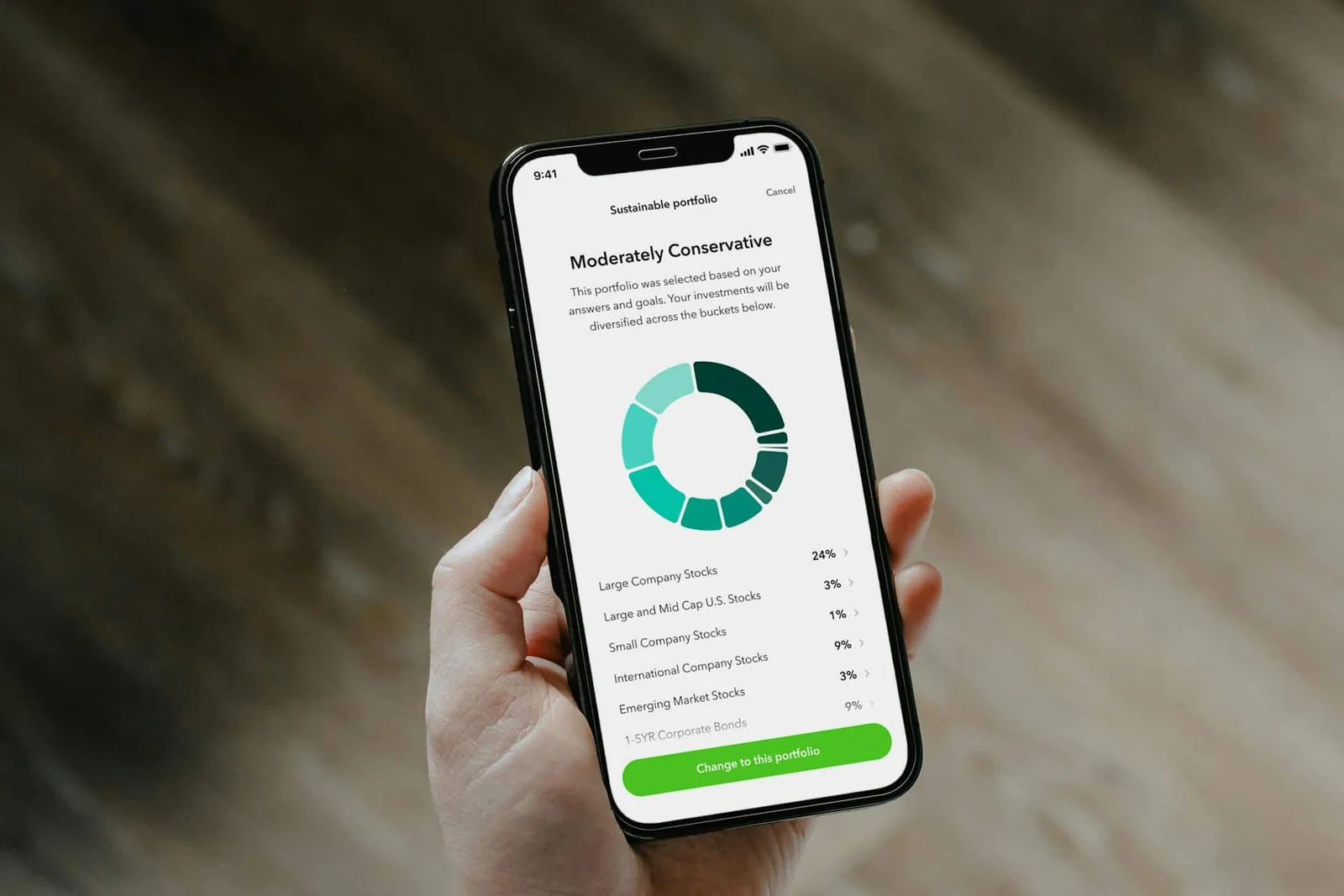Banking as a Service (BaaS) is a fintech innovation enabling cooperation between banks and fintechs, gaining popularity.
Banking as a Service (BaaS) platforms have become an important element of Open Banking in the financial services sector. This involves companies providing increased financial transparency options by allowing third parties to develop new services through their application programming interfaces (APIs).
This mode is often seen in current solutions where payment is based on usage, alongside the “as a service” model.
Learn more in this article about Banking as a Service and why it has gained popularity.
Understand the concept of Banking as a Service.
The banking industry has experienced a significant change in recent years, becoming increasingly popular due to the emergence of fintech companies.
Banking as a Service (BaaS) is an innovative method that allows fintech companies and other external organizations to integrate with a bank’s system through APIs. This enables the development of new financial services on the bank’s regulated infrastructure and promotes open banking services.
How is Banking as a Service different from a traditional bank?
To comprehend this, it is necessary to examine the roles of a bank, such as holding money, transferring funds, and processing payments. Banks must make significant investments and establish the required infrastructure to facilitate these functions.
The procedures, combined with sophisticated systems, result in obstacles. These barriers prompt fintech companies and non-bank entities to innovate and offer financial services.
Outsourced entities can access banking services through APIs provided by banks, enabling fintech and non-financial firms to utilize these services.
This enables them to develop their own assets on top of current banking services.
Non-bank companies can provide loans and payment services to customers by incorporating digital banking into their operations.
Banks can either develop their own platforms or collaborate with third-party providers offering BaaS solutions to achieve this.
How does Banking as a Service operate? Learn about the Baas model that has become a popular trend.
BaaS is an advanced approach that enables digital banks and third parties to link to banking systems via APIs to develop bank offers within the regulated framework of providers and explore new open banking possibilities in the global financial services landscape.
The BaaS model commences when a fintech, digital bank, or another third-party provider pays a fee to use the BaaS platform.
The financial institution allows TPP to access its APIs, enabling them to create new banking products or services.
Institutions that create their own BaaS platforms can generate additional revenue streams while promoting open service.
Technology advancements and investment patterns are expected to influence the financial market. Explore more information on this topic here.
How exactly does Banking as a Service operate?
Banking as a Service can be best understood with an example. Consider being the manager of an airline seeking to enhance customer loyalty amid strong competition.
Offering customers a debit card that rewards loyalty points for every purchase made could provide a way for customers to engage with your brand.
Analyzing your customers’ behavior allows for a deeper understanding of their needs, enabling the provision of tailored services.
What if you provided customers with the option to apply for an online loan for airline tickets directly on your website? This would allow customers to finance their vacations without any disruption to their journey.
You can boost the sales of airline tickets and impact the amount spent by customers by offering more tickets. Providing a loan can deepen the relationship with the customer, leading to more interactions compared to a single sale.
These companies have numerous opportunities to enhance customer satisfaction and boost their earnings through the provision of banking services.
A non-bank company like “your airline” can provide digital banking services to its customers, including mobile banking accounts, debit cards, loans, and payment services, without having to acquire its own banking license.
The banking system uses APIs and webhooks, similar to airlines, enabling customers to access banking services directly through the airline’s website or app.
The airline does not handle the customer’s funds directly, serving as a middleman and avoiding the regulatory responsibilities of a bank.
Is Banking as a Service synonymous with open banking?
The two models are frequently mixed up because open banking includes banks connecting to non-banks through API, although they serve entirely different objectives.
Non-bank firms incorporate full banking services into their products in BaaS models. The concept of Open Banking emphasizes that consumer data is personal property, not owned by the bank it is associated with.
The advantages of the Banking as a Service approach
The primary importance of Baa S lies in its groundbreaking digital characteristics, offering streamlined financial operations that can bring substantial advantages to all parties involved.
Attracting clients
BaaS platforms offer various benefits to consumers such as convenience, quick service, and numerous payment choices.
Throughout history, we have never had as many resources available to facilitate transactions and enhance customer satisfaction.
Banking as a Service allows the creation of financial products for a business that doesn’t have to meet the qualifications and regulations of a traditional bank.
Virtual loan approval, department store cards, and supermarkets exemplify this concept well.
Grow the business.
Companies implementing the Banking as a Service model are increasing customer loyalty and generating extra revenue through these comprehensive financial offerings.
They are also reducing costs on the necessary infrastructure for traditional banking services.
Fintech companies
Fintech companies can deploy their financial solutions without requiring a bank license.
Interested in learning further about fintech companies and how they are transforming the market? Find out more in this article.
Security and adaptability
The BaaS model enhances businesses’ credibility in the financial market by ensuring that the security infrastructure is provided by an experienced institution.
Banking as a Service offers flexibility for the company to create a business model that suits its requirements.
The BaaS system enables financial institutions to acquire fresh perspectives on their customers’ purchasing and investing behaviors.
Summary
This article has explained the concept of Banking as a Service and highlighted its increasing popularity.
Banking as a Service (BaaS) involves financial services platforms that provide online access to services in an “as a Service” model, including automation of the company’s financial sector.











Comments